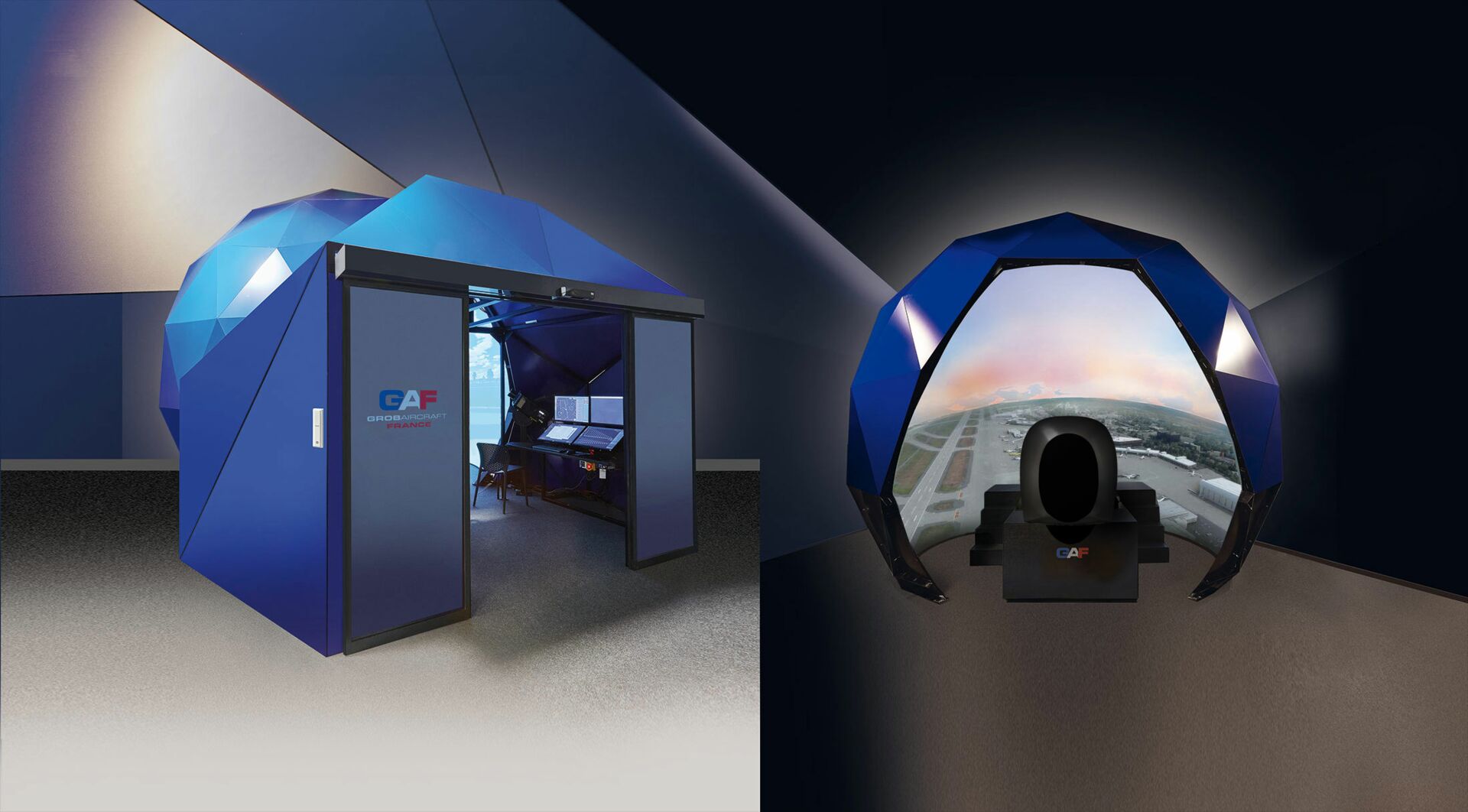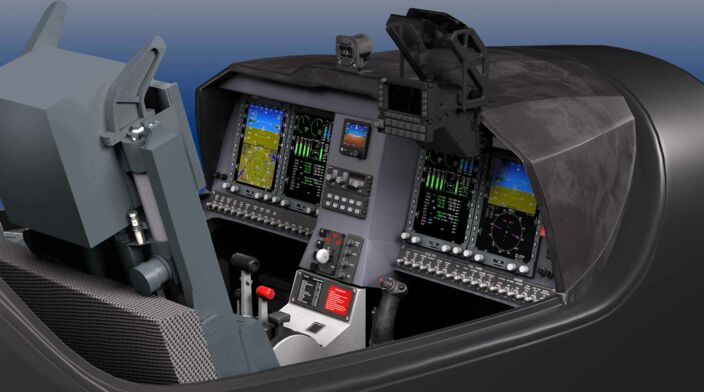GAF FLIGHT TRAINING DEVICE (FTD)
The GAF Flight Training Device is the ultimate simulation experience at a reasonable price. It uses highly modular design and enables pilots to train safely independent from time and weather conditions.
The GAF Flight Training Device is ideally suited for multipurpose training tasks in order to support cost-effective and high-quality pilot training.
Dome Screen
- Composite-crafted and custom-sized
- Providing up to 300° field of view
- Scalable dome in order to fulfil customer needs ranging from smaller spherical screens to full-dome solutions
- In-house conception and product development for outstanding quality and reliability
- Designed according to technical and performance standards of FAA 14 CFR, Part 60 / EASA CS-FSTD(A)
- Screening and Basic Pilot Training (VFR)
- Advanced Pilot Training, Pilot Instructor & Formation Flight Training
- Night Flight Training capability by full stimulated night vision goggle (NVG compatibility)
- IFR training under simulated VMC and IMC
- Training of normal, abnormal and emergency flight procedures during ground operations, take-off, in-flight
- Manoeuvres including basic aerobatics, radio navigation, instrument approaches and landing
VIRTUAL REALITY SIMULATION
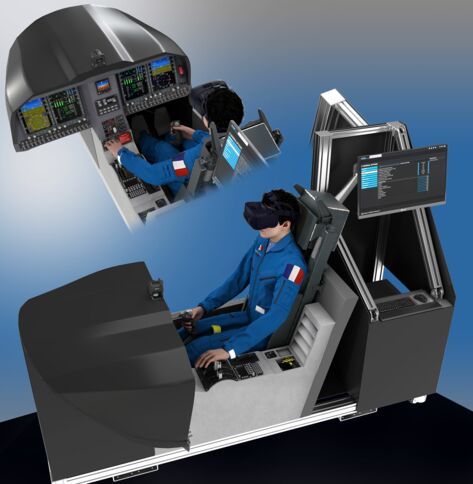
Virtual Reality (VR) enables a new era of military pilot training.
With an increase in safety and proficiency, VR provides a perfect training environment with significantly reduced costs, airframe hours and time. Flight students benefit from the vastly increased field of view (FOV), meaning that the students have more peripheral information to determine the aircraft’s attitude at any moment.
VR is the ideal complement to traditional simulator training. The tasks in the group training program can be better distributed and waiting times in the FTD can be avoided. More efficiency is the result.
Eye tracking in Virtual Reality
With the help of eye-tracking, it is possible to identify higher nervous functions such as emotions, regret, and disappointment, as well as memorization processes. Thus, Instructors can flag behaviors as they happen and debrief flight students easily, providing the timely and accurate feedback they need to accelerate their progress.
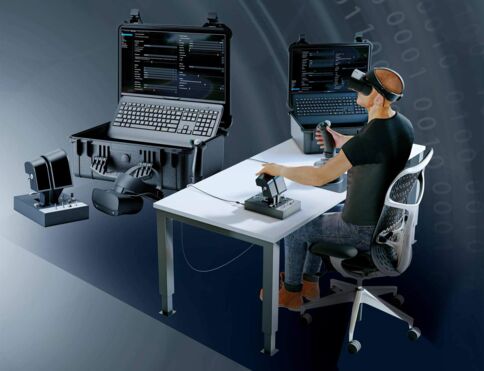
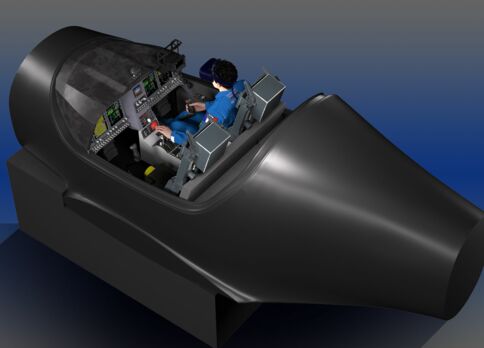
BENEFITS:
- Ideal complement to the classic simulator
- Independent of weather or spatial limitations
- Mobility advantage, learning independent of time and place

